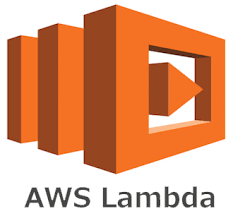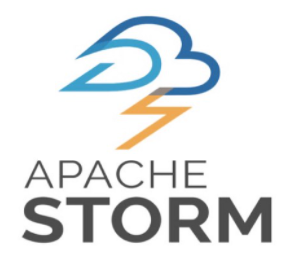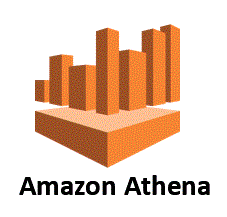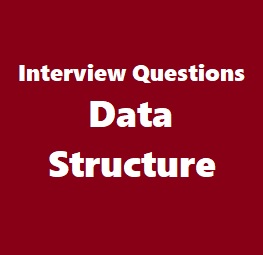106. Can I use Python packages with AWS Lambda?
Yes. You can use pip to install any Python packages needed.
107. How do I package and deploy an AWS Lambda function in Go?
Upload your Go executable artifact as a ZIP file through the AWS CLI or Lambda console and select the go1.x runtime. With Lambda, you can use Go’s native tools to build and package your code.
108. Can I access resources behind Amazon VPC with my AWS Lambda function?
Yes. You can access resources behind Amazon VPC.
109. What signature checks does AWS Lambda perform on deployment?
AWS Lambda can perform following signature checks at deployment:
Corrupt signature – This occurs if the code artifact has been altered since signing.
Mismatched signature – This occurs if the code artifact is signed by a signing profile that is not approved.
Expired signature – This occurs if the signature is past the configured expiry date.
Revoked signature – This occurs if the signing profile owner revokes the signing jobs.
110. Can I enable code signing for existing functions?
Yes, you can enable code signing for existing functions by attaching a code signing configuration to the function. You can do this using the AWS Lambda console, the Lambda API, the AWS CLI, AWS CloudFormation, and AWS SAM.
111. How do I allow my AWS Lambda function access to other AWS resources?
You grant permissions to your Lambda function to access other resources using an IAM role. AWS Lambda assumes the role while executing your Lambda function, so you always retain full, secure control of exactly which AWS resources it can use.
112. How do I control which Amazon S3 buckets can call which AWS Lambda functions?
When you configure an Amazon S3 bucket to send messages to an AWS Lambda function a resource policy rule will a be created that grants access.











